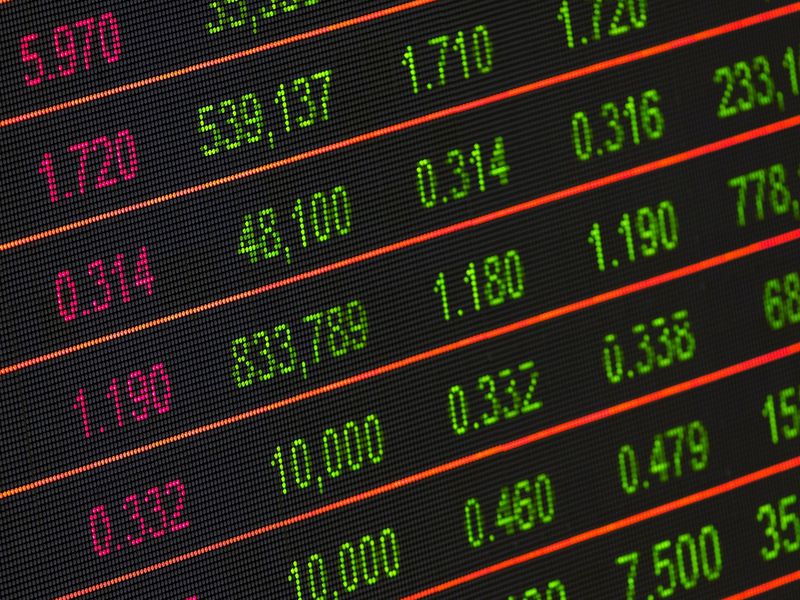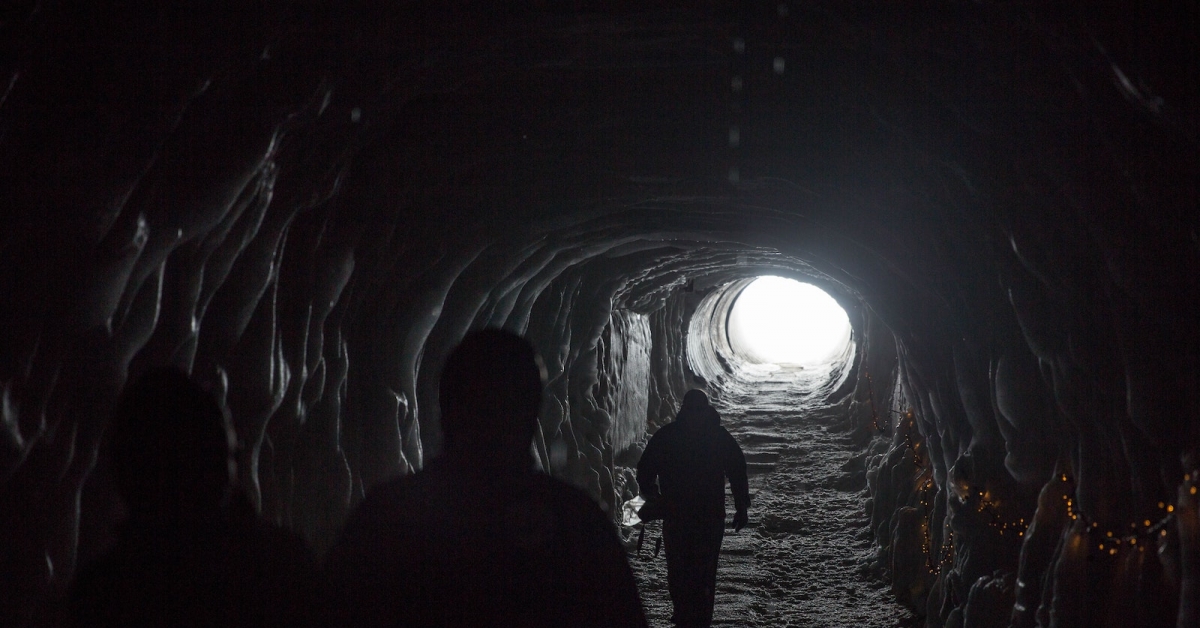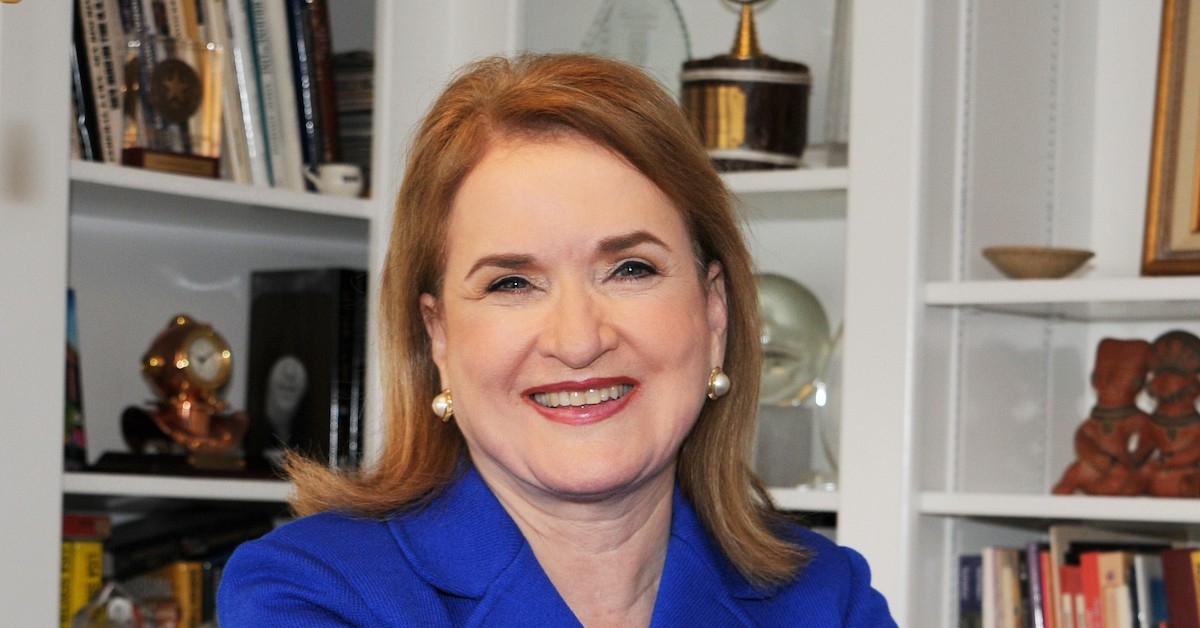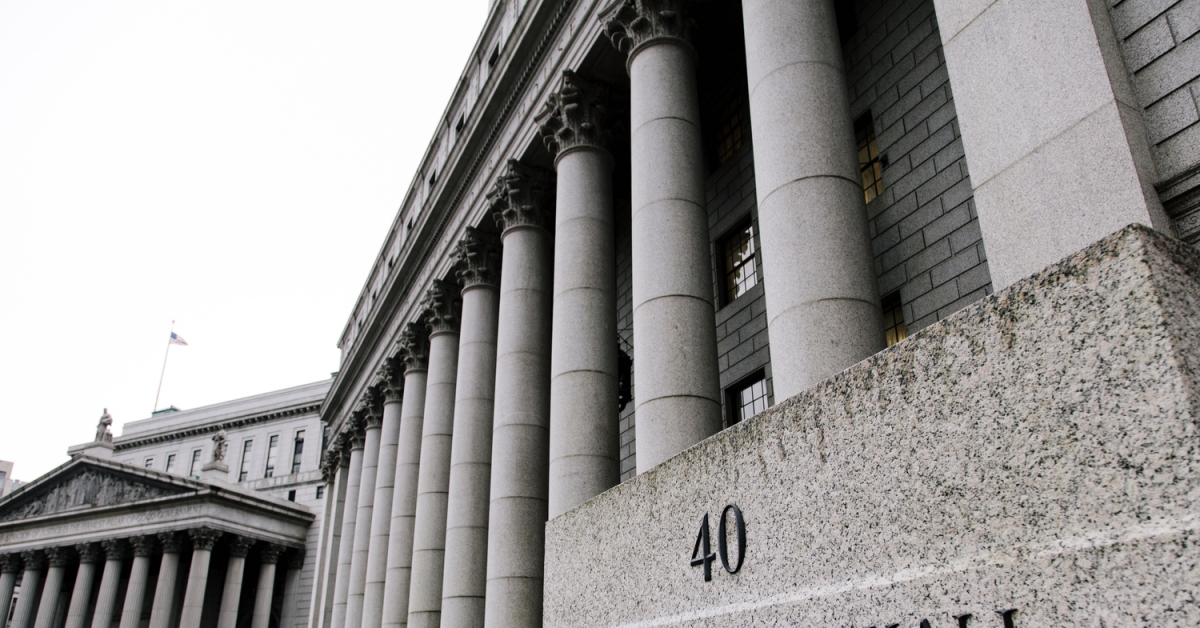Price Gap Between Sellers and Buyers Yawned During Bitcoin’s March Sell-Off, Study Finds
Price Gap Between Sellers and Buyers Yawned During Bitcoin’s March Sell-Off, Study Finds
As cryptocurrency markets crashed in March, bid-ask spreads on major exchanges widened dramatically, according to a report by over-the-counter (OTC) market maker B2C2.
The bid-ask spread is a classic indicator of market liquidity. It measures the gap between the highest price a buyer is willing to pay and the lowest price a seller is willing to accept. The higher the spread, the harder it is to get a trade done, although those who manage to buy low and sell high make fatter profits.
The extreme dry spell in liquidity started on March 12, when prices plummeted across the crypto and traditional asset markets. The next day, bitcoin (BTC) dropped below $4,000, a 12-month low.
The bid-ask spread is measured in basis points, or hundredths of a percentage point, and is usually a single-digit number. But during the tumultuous March 12-13 period, the spread for an order to buy or sell 25 bitcoin swelled to anywhere from 200 to more than 700 basis points on three exchanges, according to B2C2.
It did not identify any of the platforms but said they have high volumes and cater to institutions. Since March, traders have been finding more arbitrage opportunities with heightened bid-ask spreads on exchanges like Bitfinex.
At one venue observed by B2C2, the spread ballooned to 10 percent, jumping out of the range of the provided chart.

To be sure, B2C2 has an angle here; it says in the report it was able to beat those exchange spreads 75 percent of the time.
It should also be noted that 25 BTC during this time was worth $100,000 to $200,000. Cryptocurrency exchanges, even the major ones, have thinly traded order books, which can always cause spreads to jump in volatile times.
“It’s still a tiny space with low liquidity,” noted Henrik Kugelberg, a Sweden-based OTC trader.
Platforms like B2C2 combine various order books into one. Because of this, B2C2 would usually have a lower spread as traders flock to them for larger trades above five BTC compared to many exchanges where order books have lower liquidity.
B2C2 uses 100 BTC as another benchmark order size later in its report, and the spreads across exchanges for the March 12-13 period are even higher.

Because of overall low liquidity in crypto, B2C2 does provide traders with a needed service, connecting electronically into various exchanges and other liquidity providers.
“Trading with a professional electronic OTC desk comes with effective liquidity aggregation on a single connection and without the need to maintain balances on multiple exchanges,” noted Chris Dick, the B2C2 trader who authored the report.
Disclosure Read More
The leader in blockchain news, CoinDesk is a media outlet that strives for the highest journalistic standards and abides by a strict set of editorial policies. CoinDesk is an independent operating subsidiary of Digital Currency Group, which invests in cryptocurrencies and blockchain startups.









